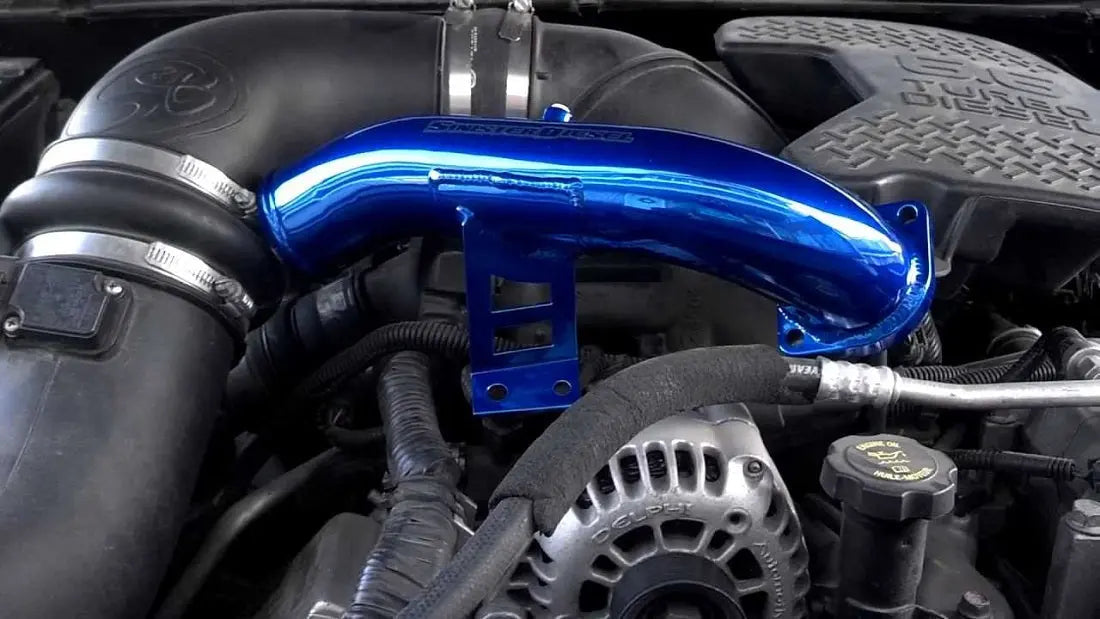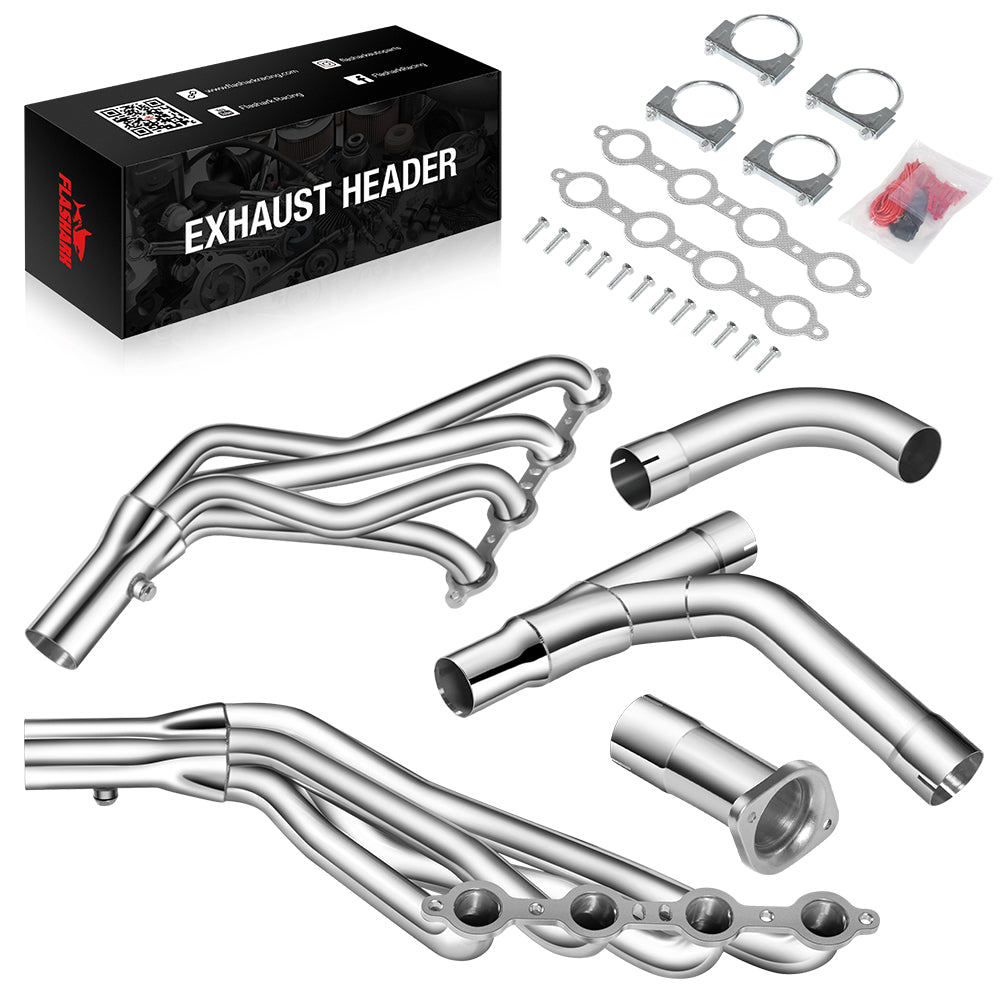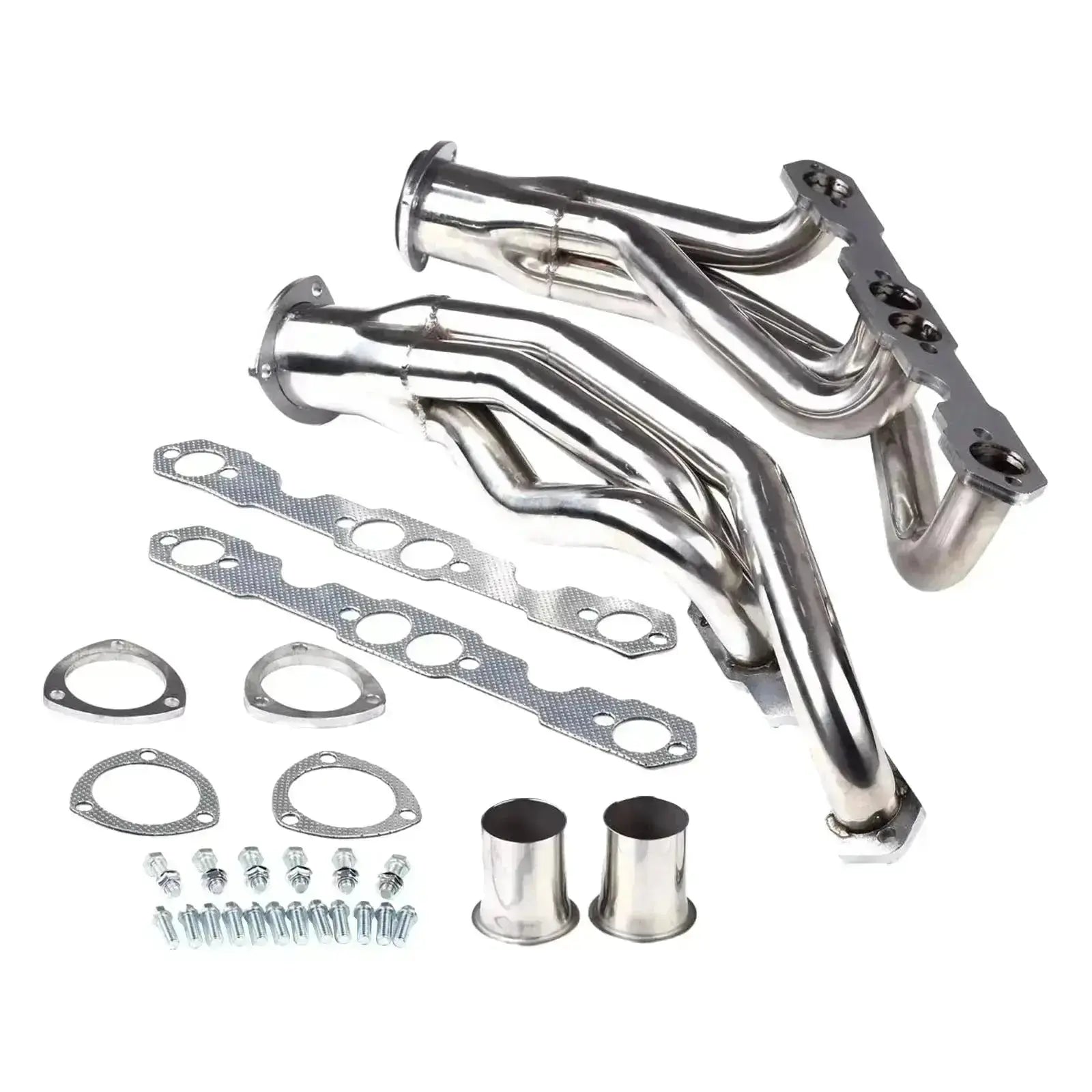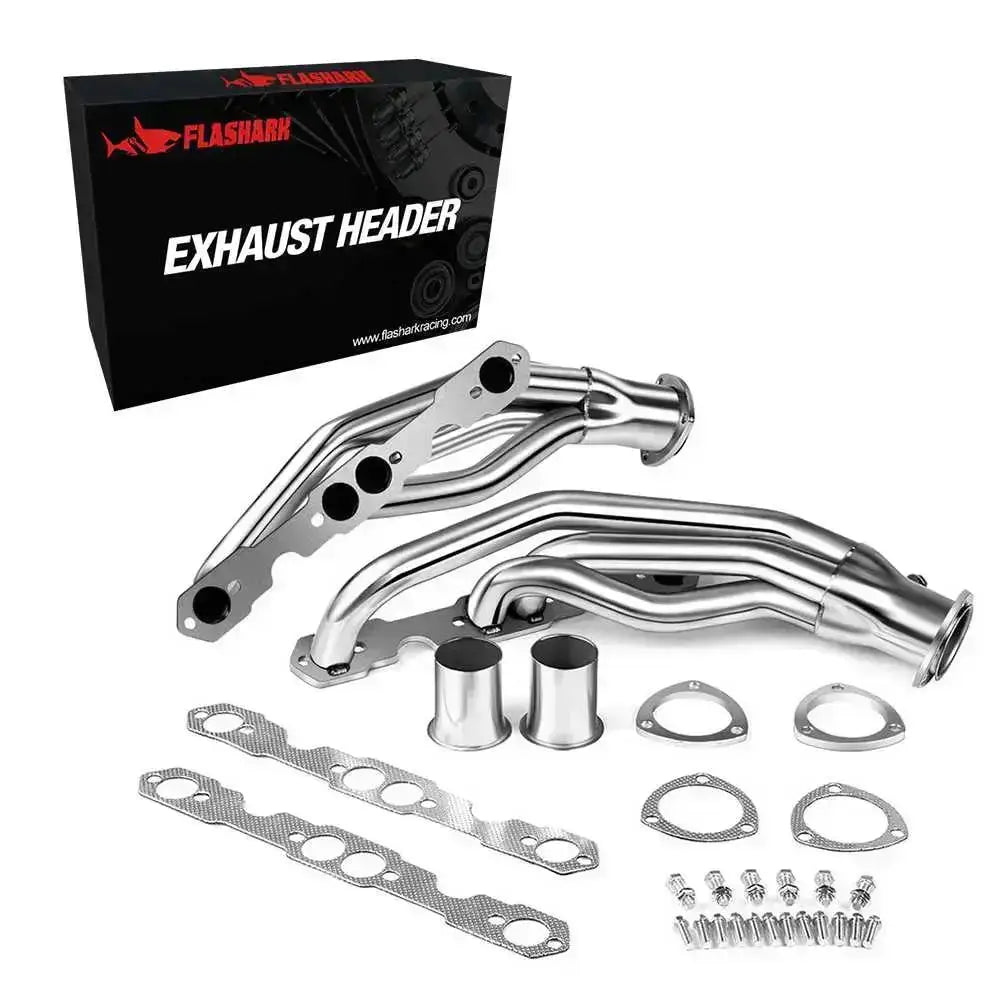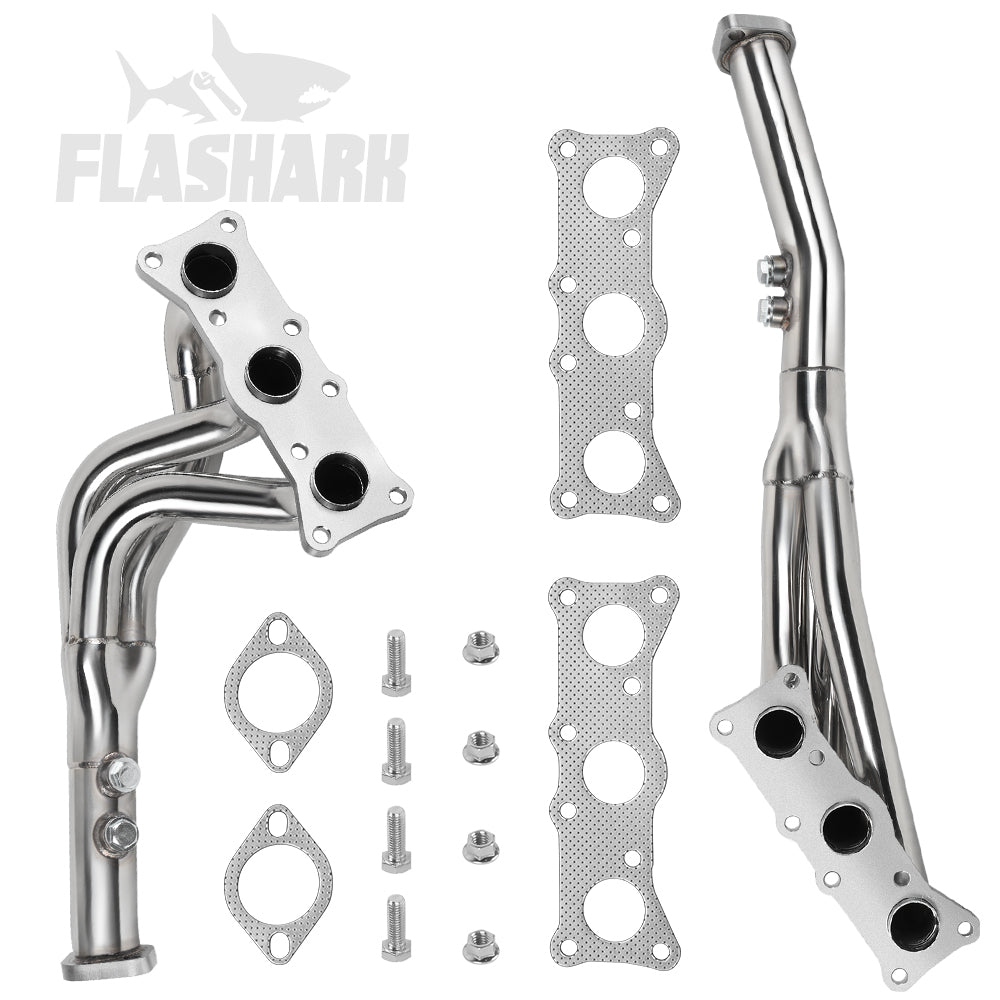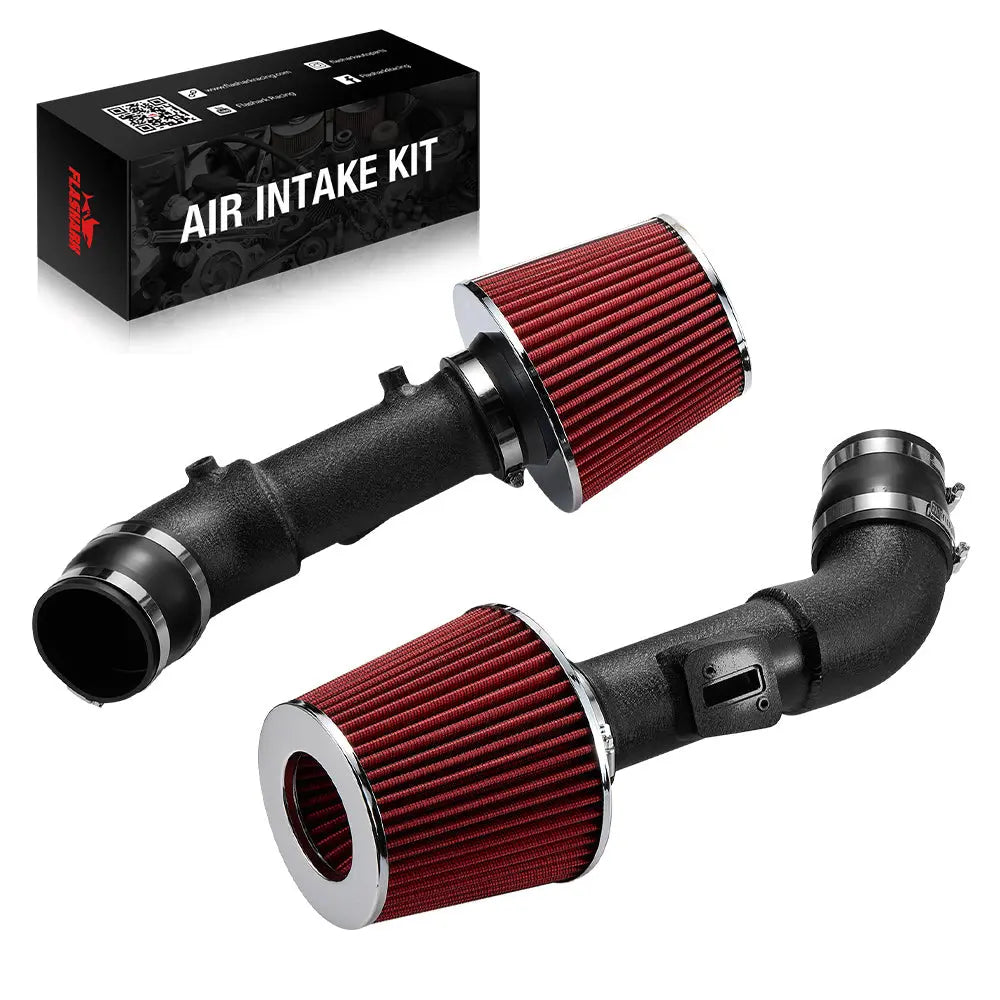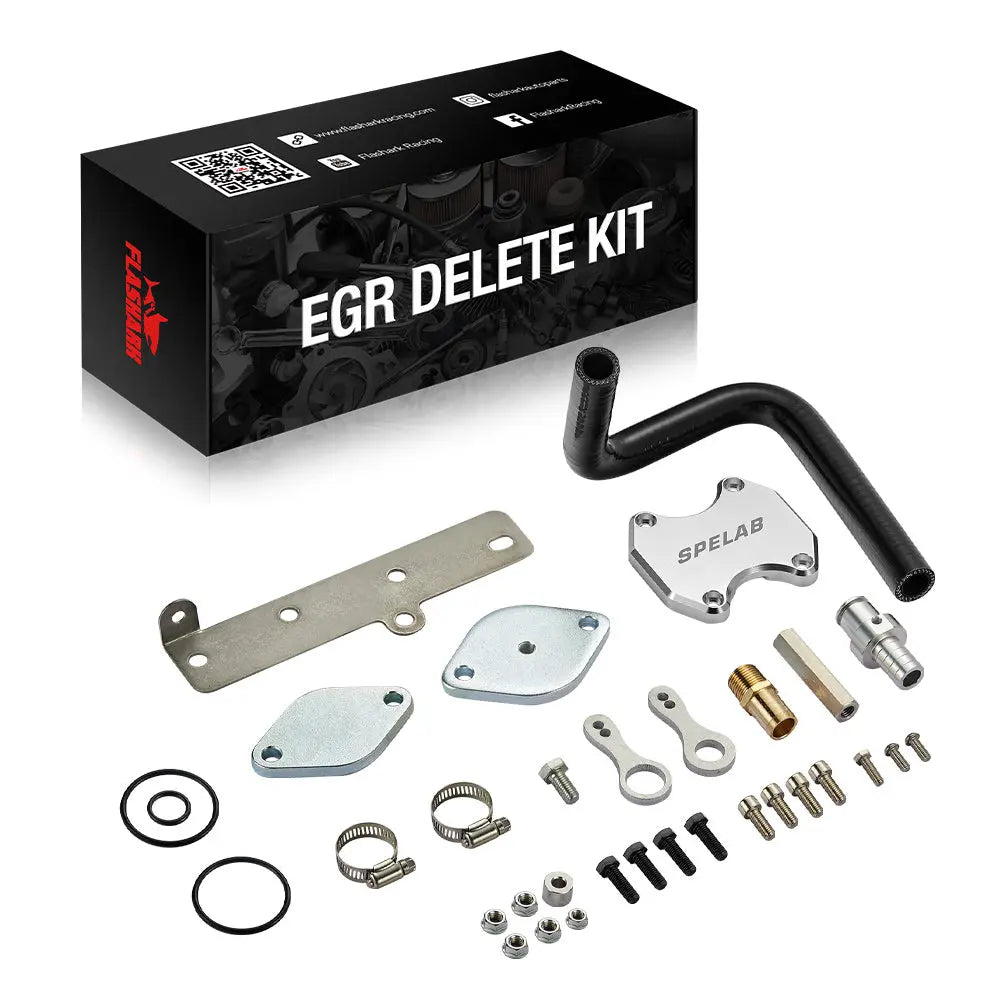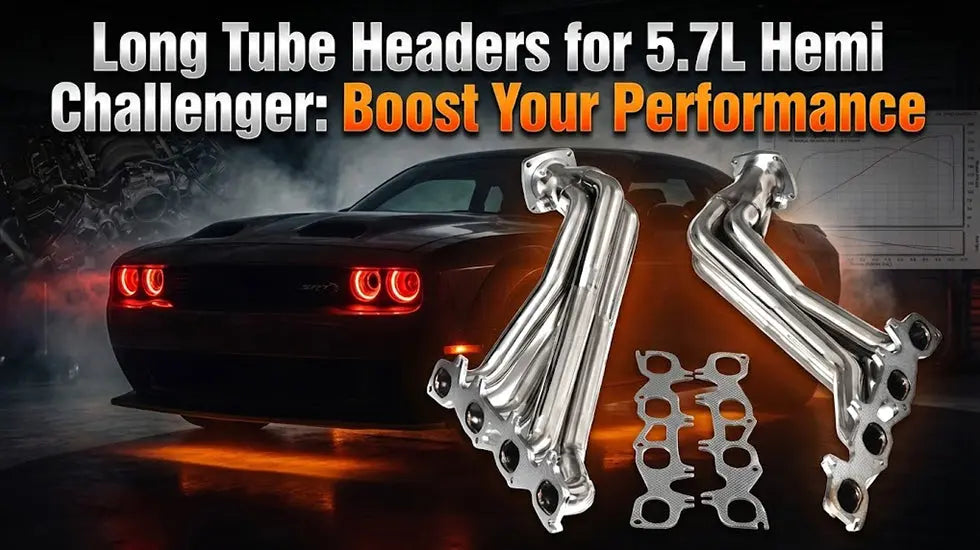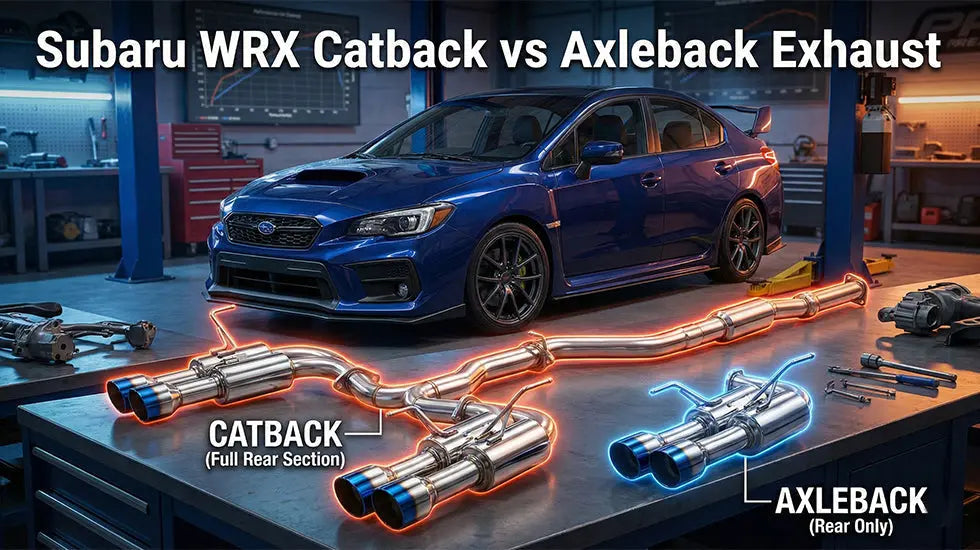The EGR system, or Exhaust Gas Recirculation system, is an essential component in modern engines. Its main purpose is to reduce harmful nitrogen oxide (NOx) emissions. It does this by redirecting a portion of the exhaust gases back into the intake system.
By recirculating exhaust gases, the EGR system lowers combustion temperatures. This helps prevent the formation of excessive NOx. In addition, EGR contributes to smoother engine operation and controlled combustion.
Key components of the EGR system include the EGR valve, EGR cooler, and intake passages. Each part works together to ensure gases are properly recirculated and emissions are minimized.
How an EGR Delete Works
An EGR delete involves disabling or removing the EGR valve and related components. This prevents exhaust gases from re-entering the intake system.
There are several methods for performing an EGR delete. One method is mechanical block-off, which physically stops the flow of gases. Another method involves software tuning, which electronically disables the EGR function through the ECU.
The key difference between these methods is that mechanical block-offs remove hardware, while software tuning keeps the components but stops them from operating. Both methods achieve the same goal: stopping the EGR from recirculating exhaust gases.

Benefits of EGR Delete
Removing the EGR system can bring several technical advantages for your engine. While it is a modification, understanding its benefits helps explain why some engine operators choose to perform an EGR delete.

-
Reduced carbon buildup: EGR deletion prevents exhaust gases from entering the intake, which reduces soot and carbon accumulation. This keeps the engine cleaner over time.
-
Improved engine performance: With no recirculated exhaust gases, the engine can respond faster to throttle inputs. Power output and torque may increase under certain conditions.
-
Simplified maintenance: Removing the EGR system eliminates a common source of mechanical failure, reducing potential repair costs.
-
Potential fuel efficiency gains: In some operating conditions, engines without EGR may use fuel more efficiently, especially under high load or heavy acceleration.
Potential Risks and Considerations
While EGR deletion has benefits, it also introduces technical and operational risks. It’s important to consider these factors before deciding to remove the EGR system.
-
Higher combustion temperatures: Without EGR, exhaust gases are not recirculated, which increases combustion heat and can stress engine components.
-
Engine component wear: Pistons, valves, and turbochargers may experience higher thermal load, potentially shortening lifespan if not properly managed.
-
Impact on emissions: EGR deletion can increase nitrogen oxide (NOx) emissions because the system no longer lowers combustion temperature.
-
Effect on other engine systems: Sensors, particulate filters, and ECU settings may be affected, leading to error codes or reduced efficiency.
-
Need for proper tuning: Engines must be properly adjusted after an EGR delete to prevent reduced performance or premature wear.
EGR Delete and Engine Performance
Understanding how EGR deletion affects engine performance helps clarify why it is a common modification. These changes can impact power, torque, and overall engine responsiveness.
-
Power output increase: Engines may produce more horsepower without the backflow of exhaust gases from the EGR system.
-
Higher torque at various RPMs: Torque may improve, particularly under load, because the engine does not manage recirculated gases.
-
Improved throttle response: The engine reacts faster to driver inputs without the influence of EGR.
-
Temperature management required: Higher combustion temperatures must be monitored to maintain safe engine operation and long-term reliability.
Are EGR Deletes Illegal?
Many people ask what does EGR delete do and whether it is allowed under the law. The legality of EGR deletion depends on regional emissions regulations. In areas with strict emissions standards, removing or disabling the EGR system can be considered illegal. Vehicles without a functioning EGR may fail emissions inspections and could face fines or other penalties. It is important to understand local rules before modifying your engine to ensure compliance and avoid potential legal or warranty issues.
Conclusion
EGR deletion stops exhaust gases from being recirculated into the engine. This affects both emissions and engine operation.
The modification can improve engine performance, throttle response, and maintenance simplicity. However, it also introduces higher combustion temperatures and potential stress on engine components.
EGR delete is a modification that should be considered carefully. It balances technical benefits with potential risks and regulatory considerations.
FAQ – Common Questions About EGR Delete
Q1: What is the purpose of an EGR delete?
An EGR delete is designed to stop the recirculation of exhaust gases. It helps reduce carbon buildup and can improve engine responsiveness.
Q2: Will an EGR delete improve engine performance?
Yes, in many cases, engine power and torque may increase. The effect is more noticeable at higher RPMs and under load.
Q3: Does removing the EGR affect fuel efficiency?
Fuel efficiency can improve under certain conditions. However, the effect varies depending on engine type and driving style.
Q4: Are there risks of engine damage from EGR delete?
There are potential risks. Higher combustion temperatures can stress engine components if proper tuning and maintenance are not followed.
Q5: Is EGR delete legal?
Regulations vary by region. EGR deletion can impact emissions compliance and may not be legal in some areas.
Q6: Can an engine still operate properly after EGR delete?
Yes, with proper tuning and maintenance, engines can run reliably. Ignoring adjustments can lead to inefficiency or increased wear.
Q7: How does EGR delete impact emissions?
Without EGR, NOx emissions may increase. The system no longer lowers combustion temperatures to control these pollutants.

